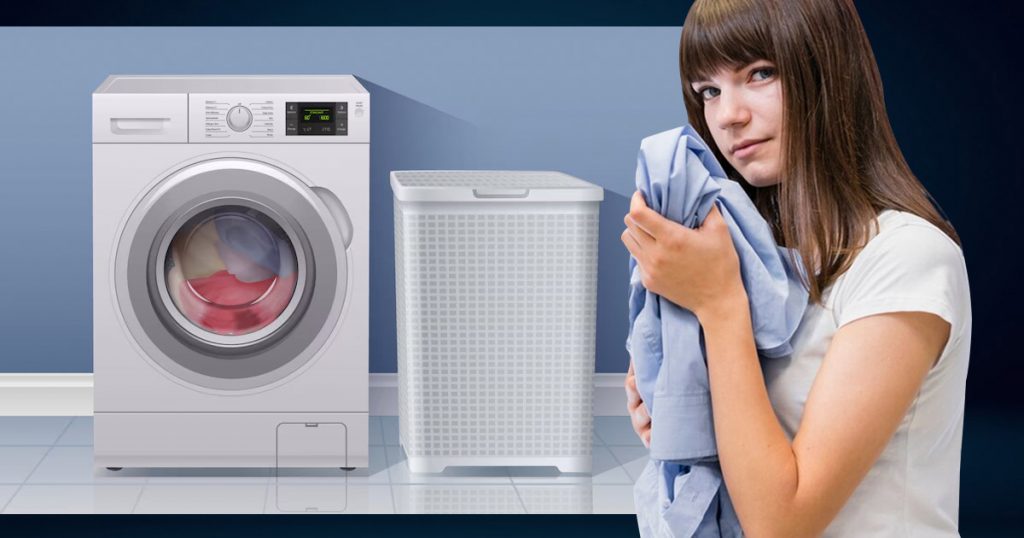Washer dryer combos are becoming a go-to choice for many modern households, particularly in places with limited space. These all-in-one appliances combine a washing machine and a dryer into one unit, letting you wash and dry your clothes without having to move them between two separate machines. This not only saves space but also makes laundry day a lot easier and more efficient, especially for apartments or smaller homes.
Many of these models come with advanced features like different wash programs and energy-saving settings to meet all your laundry needs. Whether you’re washing delicates or heavy-duty items, these combos offer versatility and convenience, all while helping you save space and time.
Are They Better Than Separate Washing Machines and Dryers?
Yes. They often use less water per cycle and are designed to consume less energy, particularly those with ENERGY STAR certification. However, while they can be more efficient in terms of resource usage, they may take longer to complete both washing and drying cycles than standalone machines. This time difference is primarily due to the need for one drum to perform both functions, which can make the overall process slower.
Benefits of Washer-Dryer Combos
Washer dryer combos offer several advantages that make them appealing to many users:
- These units are compact and can fit in tight spaces, making them perfect for apartments or smaller homes where laundry rooms are limited.
- With the ability to wash and dry in one machine, there’s no need to transfer clothes between two appliances, saving time and effort.
- Many models are designed to use less water and energy, helping to reduce utility bills over time.
- Users can choose to run a wash cycle, a dry cycle, or both, depending on their laundry needs.
- Most models come with user-friendly controls and settings, making it easy for anyone to operate them.
How Do Washer-Dryer Combos Work?
Understanding the operational mechanics of washer dryer combos can clarify their advantages and limitations.
Select a Wash Only Cycle or Dry Only Cycle or Both
Most washer dryer combos allow users to select a wash-only cycle, a dry-only cycle, or both. This flexibility means that if you need to wash a load but not dry it, you can choose that option. Alternatively, if you want to dry clothes that were washed elsewhere, you can select the dry-only cycle.
Dryer Function is Either Vented or Ventless
Washer dryer combos come in two types regarding drying functions: vented and ventless. Vented models expel hot air outside, similar to traditional dryers, while ventless models use a heat exchanger to dry clothes without requiring external ventilation. Ventless systems are particularly advantageous for apartments or homes without dedicated dryer vents.
Washer Functions Like a Conventional Washing Machine
In the washing phase, the combo functions like a standard washing machine. It fills with water, agitates the clothes, and then drains the water. Users can select different washing settings based on fabric type and soil level, allowing for customized care of various garments.
Can They Dry Clothes Completely?
While washer dryer combos can dry clothes, their drying efficiency may vary. Most models can dry a full load of laundry, but the process may take longer compared to a standalone dryer. Because the drying capacity is usually lower than the washing capacity, it’s common for users to experience slightly damp clothes at the end of the drying cycle. Running an additional dry cycle can help ensure that clothes are completely dry.
Are Washer-Dryer Combos Worth It?
Washer dryer combos can be worth the investment for individuals or families with limited space or those who prefer the convenience of an all-in-one appliance. They offer the functionality of two machines while occupying the footprint of one. However, for those who do large loads frequently, a standalone washer and dryer might be more efficient, particularly for drying performance and speed.
Modern Way of Washing Your Laundry
Washer dryer combos present a modern solution for laundry needs, blending convenience with functionality. Understanding how these units operate and their benefits can help you make an informed decision about whether they fit your lifestyle. While they may not completely replace the efficiency of standalone machines for larger households, their compact design and energy-saving capabilities make them an attractive option for individuals and smaller families. With features like wash and dry cycles, ventless options, and ease of use, washer dryer combos are worth considering for those looking to simplify their laundry process.

